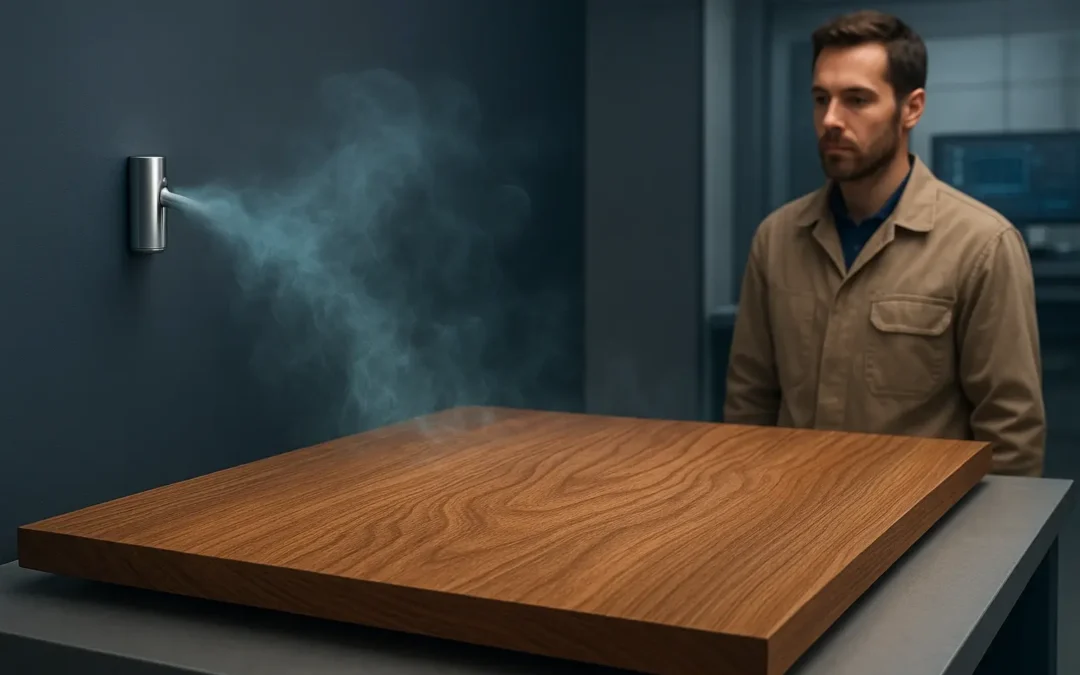Does your company have a room, office or floor dedicated to its computer systems? If so, you should take a proactive approach towards monitoring the humidity levels. Turning a blind eye to this metric could result in extensive, and costly, damage to your company’s computers, printers and other electronic devices.
Humidity and Computer Room Basics
To better understand how humidity affects computers, you must look at the basics of humidity. Water is all around us in the form of airborne moisture vapor. Although you can’t see it with the naked eye, moisture is constantly circulating through the air. Humidity is the term used to describe the amount of moisture vapor in the air. Environments with a low humidity are characterized by dry air, whereas environments with high humidity are characterized by moist air.
Is Low Humidity Bad For Electronics?
Conventional wisdom should tell you that too much moisture vapor in the air can damage computer systems. The excessive moisture will settle on the computer, resulting in corrosion and component failure. But the biggest environmental threat to computers isn’t high humidity, it’s low humidity.
Environments with a low relative humidity (RH) are more susceptible to electrostatic discharge (ESD). Normally, airborne moisture vapor works to dissipate static electricity, preventing buildups that would otherwise lead to ESD. When the air is dry, however, static electricity can travel more easily. This creates a serious problem for computers and other electronic devices, as the slightest amount of electrostatic electricity can fry devices and their components.
Appropriate Computer Room Humidity
So, what’s the appropriate humidity level for a computer room? There’s really no easy answer to this question, as it depends on the exact type of computer and devices stored inside, as well as other environmental factors. With that said, a good rule of thumb is to maintain a relative humidity in the range of 30-40% for most situations.
“Temperature and relative humidity conditions should be maintained at levels that allow for the greatest operational buffer in case of environmental support equipment down-time. The goal levels for the computer room should be determined in a manner that will achieve the greatest operational buffer and the least possibility of negative influence,” wrote Sun Microsystems in its Data Center Site Planning Guide.
To recap, too much humidity may cause corrosion and component failure in computers. On the other hand, too little humidity may cause damaging electrostatic buildup. If your company or businesses has a dedicated computer room, make sure the humidity is properly regulated to prevent critical damage.
Consult a Humidity Expert





